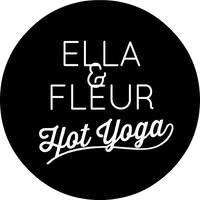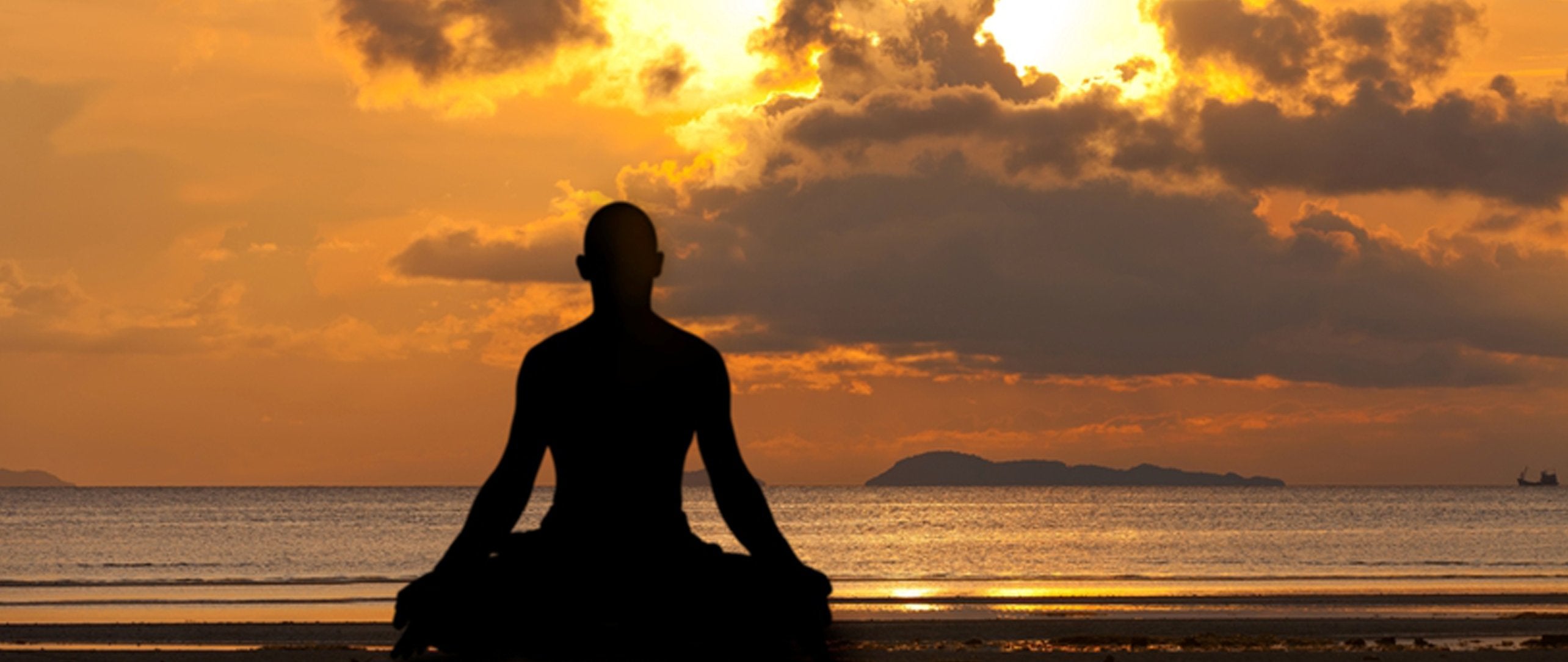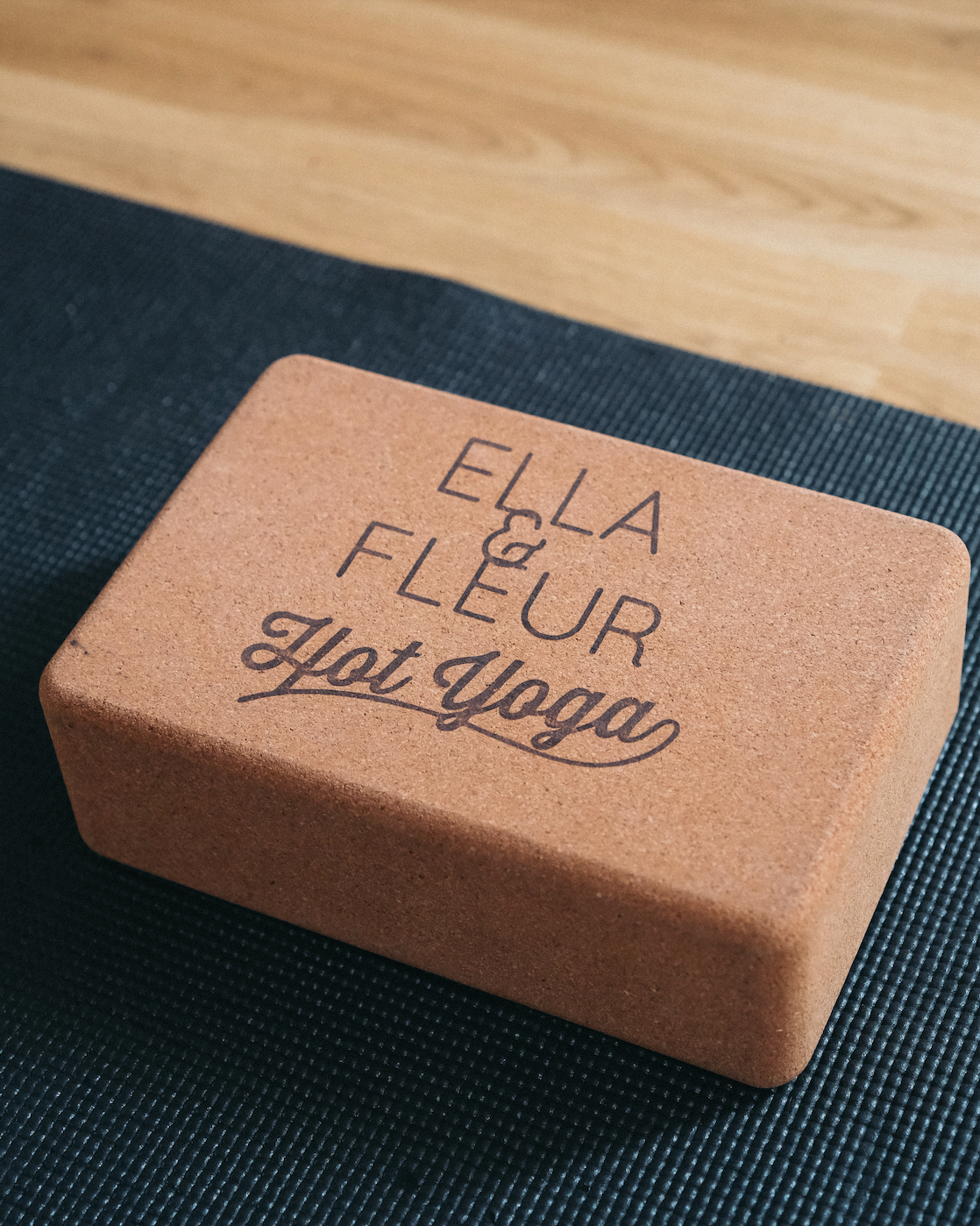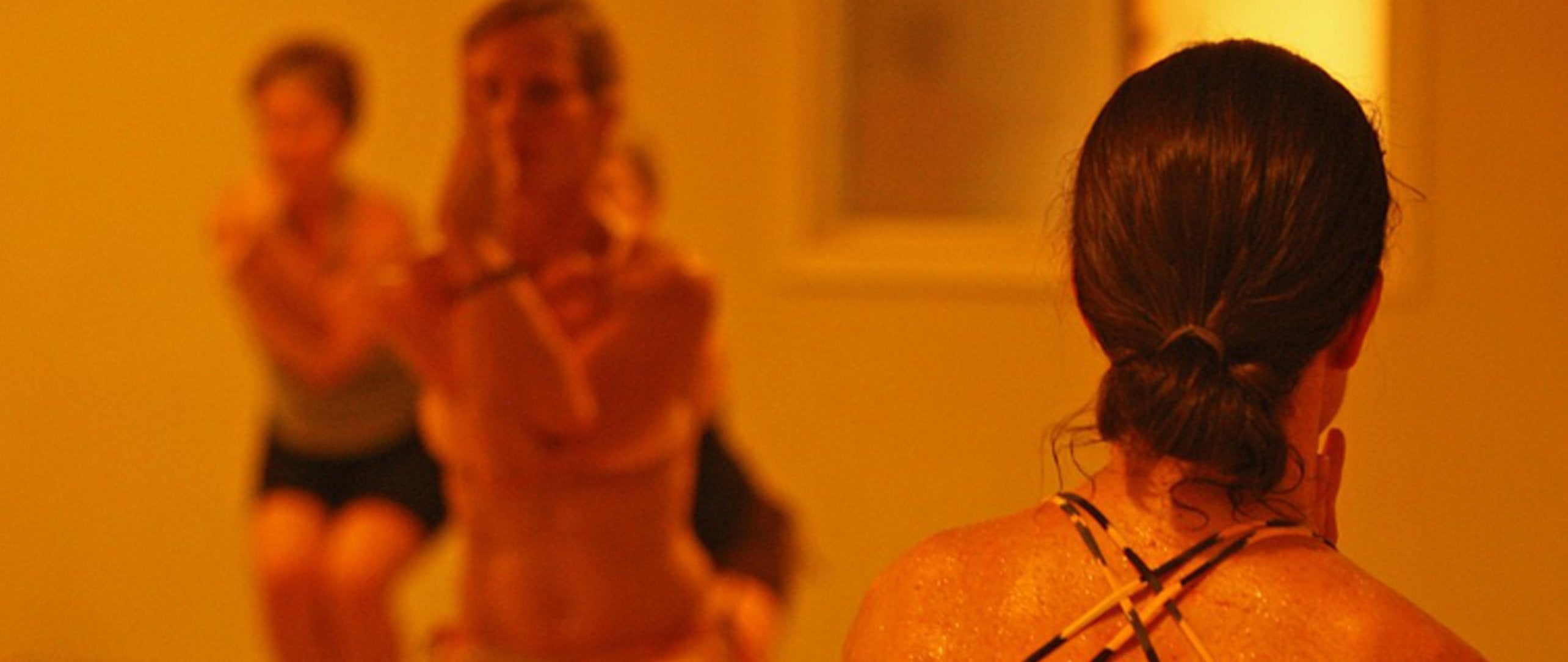Yoga lingo
We appreciate that for those new to yoga, it can all be a little bit intimidating. As well as trying to contort yourself into positions you never thought possible, you also realise there is a whole new language to learn. So, we thought we’d be ever-so helpful and provide you with a quick guide to yoga lingo.
Alignment
Positioning your body correctly and safely.
Asana
Originally meant a sitting position but now refers to any yoga pose or posture.
Chakra
These are seven chakras which are energy centres located throughout the body: crown chakra, third eye chakra, throat chakra, heart chakra, solar plexus chakra, sacral chakra and base/root chakra.
Karma
An Eastern concept of cause and effect, the belief that all of your actions will have equal repercussions, affecting you.
Mudra
While some mudras involve the entire body, most are performed with the hands and fingers, used as a spiritual gesture, often used in conjunction with pranayama and meditation techniques.
Mantra
A few words to repeat whilst meditating, for example ‘Let it go’. It is used to inspire and focus the mind.
Meditation
The practice of training your mind to focus on a sound, object, visualisation, your breath, movement, or attention itself in order to increase awareness of the present moment.
Namaste
A customary greeting when people meet or depart. Namaste is spoken with a slight bow of the head and hands pressed together, palms touching and fingers pointing upwards with thumbs close to chest or forehead. In Hinduism it means “I bow to the divine in you”.
Om
A slow, steady sound that is used as a mantra. We’ve written a whole post about Om which you can read here.
Pranayama
Controlled breathing techniques used in yoga.
Sanskrit
Ancient language of India and Hinduism.
Sun Salutations
A set sequence of poses (asanas): mountain pose, standing forward bend, lunge, plank, chaturanga, upward-facing dog, downward-facing dog.
Vinyasa
Any flowing sequence of poses, the most common being sun-salutation.
Common poses
There are a plethora of poses, too numerous to run through here, so we’ve opted to cover just ten of most common ones that as a newbie to yoga you’re likely to encounter:
Boat
Sitting on the floor, balancing on your sit bones with your back straight, lift your legs to create a ‘V’ shape with your body.
Chair
Stand up tall with your feet together. Bend the knees slightly as though you are going to sit on a chair but keep your knees together and aligned. Your arms should raise straight up next to your ears.
Downward Dog (Down Dog)
Start on all fours. Push with your hands and straighten your legs. Extend your pelvic bones up and heels down. Let your head hang freely, stretch your waist.
Plank
Starting on all fours, have your wrists directly under your shoulders and push up, straightening your arms up and your legs out behind you. Your body should form a straight line from your shoulders to your ankles without the hips sinking.
Warrior I
From a lunge position, turn the heel of the back foot down to reach the floor. Your hips and torso should face forward and your arms should reach straight up alongside your ears, lifting your chest towards the ceiling.
Cat-Cow
On all fours start with a neutral spine position. Arch your spine bringing your chest forward and up (this is cat) then, pull your chest and stomach inward, tucking your chin and rounding the back (this is cow).
Child's pose
Kneel on the mat with big toes touching, knees hip width apart. Bring your upper body forward to rest on your thighs, bending at the hips. You can either have your arms down by your side facing back or extend them forward towards the front of the mat.
Mountain pose
Standing tall your big toes should touch but not your ankles, ground your feet firmly into the mat and stand tall, reaching the crown of your head towards the ceiling. Gently tuck your chin in slightly and rest your arms by your side with your palms facing forward.
Savasana
This is a relaxation pose also known as ‘corpse’ as you lay on your back with feet and legs gently turned out, arms resting by your side with palms facing up and eyes closed. Read more about Savasana and the importance of being still here.
Warrior II
With the feet in the same position as warrior I, open out your torso to the side of the back leg. Extend your arms straight out to the front and back in a long line with your palms facing down. You should gaze over the front arm.
Anatomy
It really helps to know whereabouts particular parts of your body are located in order to be able to follow your instructor’s commands correctly! Here are the ones you’ll hear the most in yoga:
Crown of the head
This is the topmost part of your skull. In yoga, when sitting or standing you should try and imagine the crown of your head being pulled up to the ceiling.
Sternum
More commonly known as the breastbone, is a flat bone at the front centre of the chest.
Sit bones
As it sounds, these two bones are situated towards the underside of the buttock.
Sacrum
This refers to the large triangular bone at the base of the spine situated between the two hips bones of the pelvis.
We do hope you’ve found this post useful but please do always ask if you ever have any questions.
Namaste



